Panelists Warn of ‘Choke Points’ in America’s Nuclear Energy Future
Permitting delays, transmission backlogs, siting fights, and supply chain gaps top the list.
Jericho Casper

WASHINGTON, March 28, 2025 – A perfect storm of permitting delays, transmission bottlenecks, siting disputes and regulatory gridlock threatens to stall America’s clean energy buildout – just as data centers and artificial intelligence are driving unprecedented demand for electricity.
The Trump Administration has brought a new urgency to streamlining infrastructure deployment. The White House is pushing to accelerate data center and energy projects through executive action, prompting states and federal agencies to rethink their approval processes. How quickly can broadband and energy projects be built?
Can't see the full event video? Join the Breakfast Club to watch
That was the warning from energy and broadband leaders speaking Thursday at a Broadband Breakfast event on “Cutting Red Tape for Broadband and Energy Projects.”
Moderator Drew Clark, CEO of Broadband Breakfast, opened by asking panelists to confront a central question: Why does it take just 18 months to build a data center, but five years or more to get the energy capacity to power it?
The discussion that followed revealed a number of distinct “choke points” in the process — each capable of stalling progress on its own.
The first is federal permitting delays.“We submitted a fuel facility application to the [Nuclear Regulatory Commission] in April 2022,” said Carol Lane, vice president of government relations at X-energy, a Rockville, Maryland-based company specializing in advanced nuclear reactor design and fuel manufacturing.
“The [Nuclear Regulatory Commission] gave us a 30–42 month review timeline,” Lane said. “That’s just for the fuel facility — not actually the reactor itself.”
Lane’s company is building small modular reactors (SMRs) that provide both electricity and industrial-grade steam. The design has attracted major interest: Dow Chemical plans to use it in Texas to make plastics, and Amazon recently announced a $343 million investment to deploy X-energy’s second plant in Washington state.
Getting the power to where it needs to go
But even if new power is built, getting it where it needs to go is another fight entirely, said Andy Berke, former head of the U.S. Department of Agriculture's Rural Utility Service in the Biden administration.
“There are so many choke points. You’ve got the federal government, state government, local” government, Berke said. “Those long lines [for transmission] cross lots of United States land. They cross places where Native Americans have lived… you’ve got an environmental issue, or some known historical artifact. Then you dig a little deeper, and you have a problem.”
Berke said federal staffing shortages have made the delays even worse.
“The Forest Service is one of the biggest choke points for trying to get transmission built,” he said. “Thousands of people got cut from the Forest Service… That means there are people who don’t answer the phones and don’t get to these pieces.”
“[The Bureau of Land Management] inside the Department of Interior — all these are places where you need people reviewing, making sure that they’re following the law, getting things to the next point,” he said.
Local government choke-points
At the state and local levels, siting challenges also persist. “We’re a Dillon Rule state, so the localities are given parameters in which to approve and deny certain things, even the siting of solar [or SMRs],” said Julianne Szyper, deputy director of the Virginia Department of Energy.
Dillon's Rule, a legal principle named after former Iowa Supreme Court Justice John Dillon, dictates that local governments only possess powers explicitly granted by state law or those fairly implied from those grants.
This means even state-backed clean energy projects can be delayed or blocked at the local level. “That can be a real hurdle, especially with controversial or unfamiliar technologies,” like nuclear reactors, Szyper said.
Supply chain and national security
Lane also pointed to supply chain issues. “We just don’t have domestic capability in this country yet for things like nuclear-grade graphite or large forgings,” she said, referring to specialized materials and components used in advanced reactor designs. “That’s a real risk if we want to scale fast.”
Compounding the problem was the U.S.’s own fragmented policymaking, said Laban Coblentz, head of communications at ITER, the international fusion project – in which the United States participates – in France.
“There’s a disadvantage to democracy when politics has a four-year window,” he said, referring to four-year presidential term and the changes in policy from administration to administration.
“If the U.S. is going to retake the lead in data centers and broadband, it’s got to be more than a two-year or four-year-to-midterms vision,” he added. “This current permitting thing we’re doing is really, really worth the rethink.”
Coblentz said the U.S. risks falling behind countries like China, which are advancing more aggressively on next-generation nuclear power.
“China plans to bring their hybrid fission-fusion reactor online by 2030,” he said, citing a roughly $3 billion investment. “They’ve got plans for 150 nuclear reactors in the range of 200 gigawatts by 2035. They’re actively building 22, and have another 26 in permitting.”


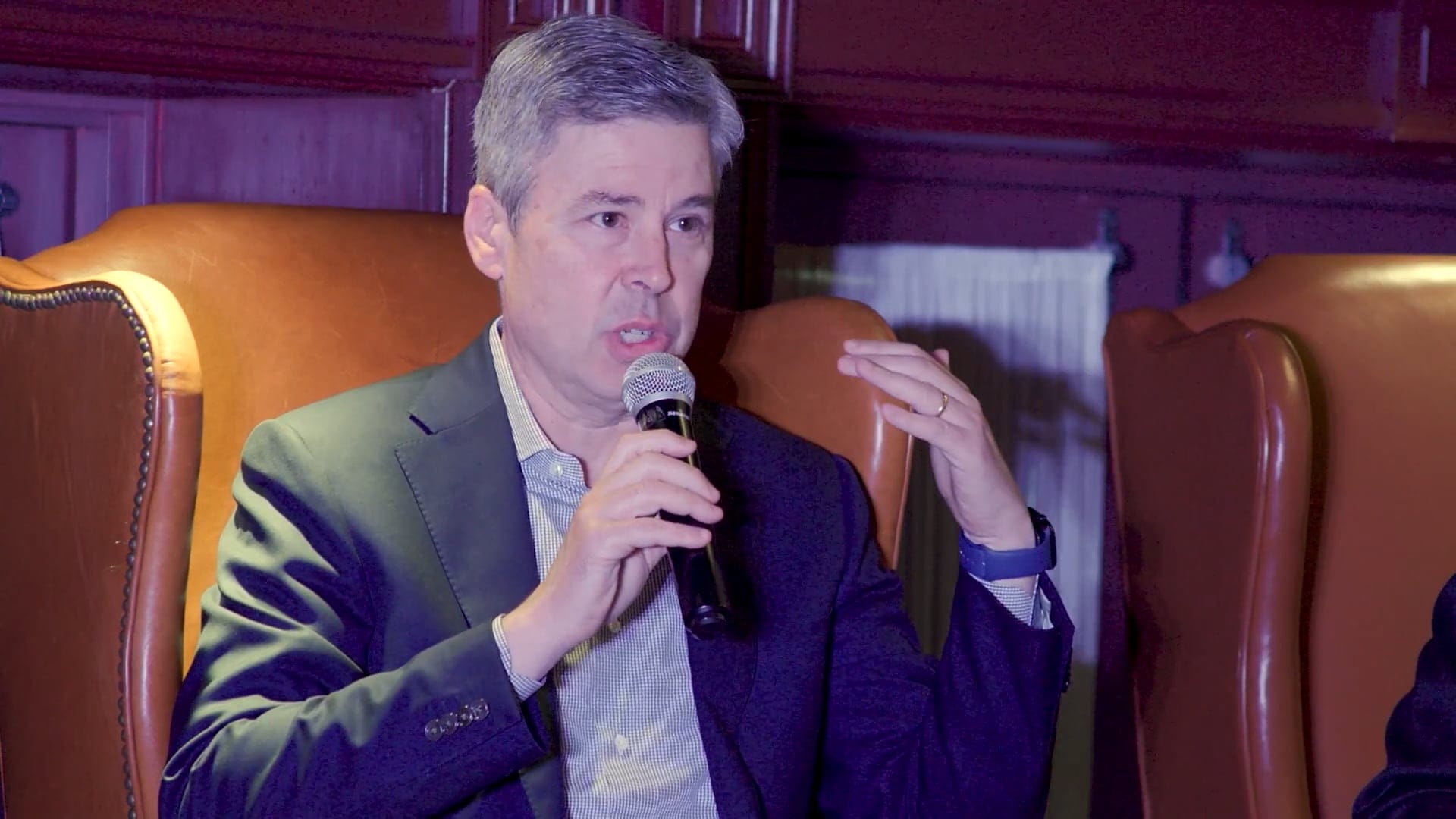
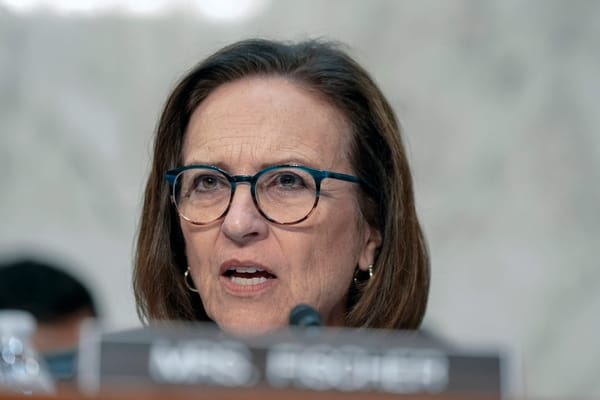
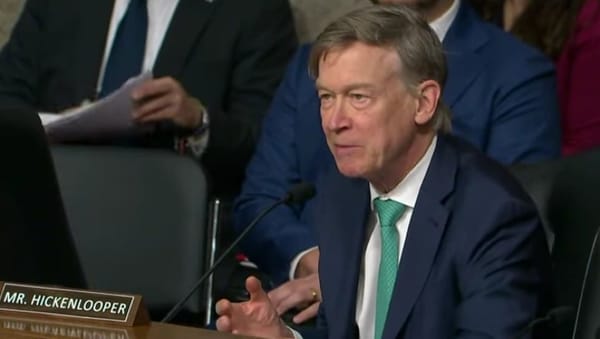
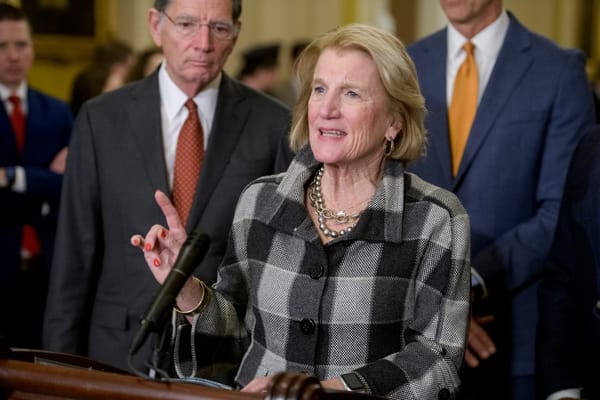
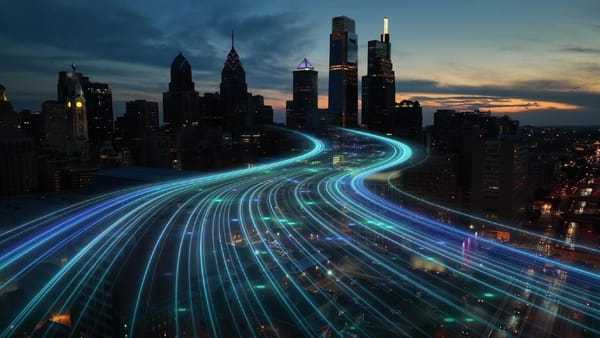




Member discussion